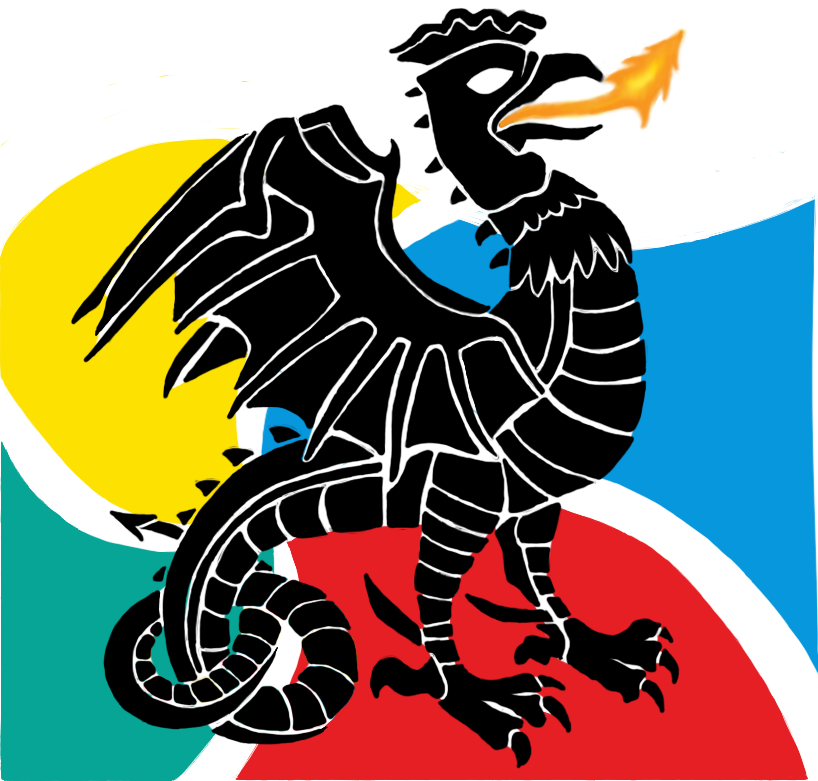Interviewing Mr. Matthews

What is the aim of the project, from both a personal and educational perspective?
“The aim of the project as a whole is to give students the opportunity to explore something that they have a genuine interest in; it’s in the name: the Personal Project. It’s project-based learning. The students take something they’re interested in and follow it through this extended, semi-academic project cycle where they then take all the different skills, knowledge and understanding from all of their different classes that they completed in the MYP and bring it all together to complete something they’re interested in.
From an educational perspective, project based learning in general is a very good way for students to use and practice a multitude of educational skills, especially the ATL’s, since they’re going to be using them throughout their academic and professional life; The self-management, the organisation, communicating with people, the research skills etc. The fact that it’s such a student-driven project brings a challenge to many students to take a lead on such a big responsibility.”
What are some of the most important things to keep in mind at the start and during the project?
“The advice I always give students when they’re starting off their personal project is to choose somehting that they have a genuine personal interest in. Otherwise, that 6-7 months you’re going to be working on it is going to be a bit of a grind. Also choose something you’d like to learn more about, especially since you can make anything into a personal project. It’s a matter of choosing something that you’re intersted in and figuring out what your outcome or product is going to be. Then you have to carry that out through the entire process. You have to be flexible in terms of adjusting your goal though. If you decide to adjust it mid-project because you’ve learned more about it or you find something more intersting you can do that, you still have to maintain the organisation and those types of things.
The other thing is recording everything as you go in your process journal. We’ve really tried to focus on making the process journal the ‘core’ element and a lot of students struggle with it because it isn’t the final report. It is important to keep in mind though that there are three parts to the process journal:
- The product or outcome that you’re making
- The journal in which you record your process from start to finish
- Last but not least, your report when you look back and sum up your entire project.
General advice would be to focus heavily on the process journal and recording every single detail, every single thought, every single idea, interaction, communication, anything like that.”
What are some of the best projects you’ve seen and why?
“The best projects in general that i’ve seen; it is clear the student had an interest in the subject matter and not just come up with something they thought would be an easy project to get done and over with.
Some of the best that I’ve personally supervised, one student ran a marathon, which is a great example that the project doesn’t have to be making something but also doing something. Or organizing a charity event. One student organized the Terry Fox run at our school; they did all the communicating, advertising, talking with vendors and those types of things. Another student built a gaming computer from components, which, it is a very common project. But he did a lot of research into what types of components he would use and he designed an entire water-cooling system, whcih was a very interesting and detailed project, that ended up with an outcome with which he was very passionate.
Overall, it is really a matter of choosing something you’re really, really interested in.”

You must be logged in to post a comment.